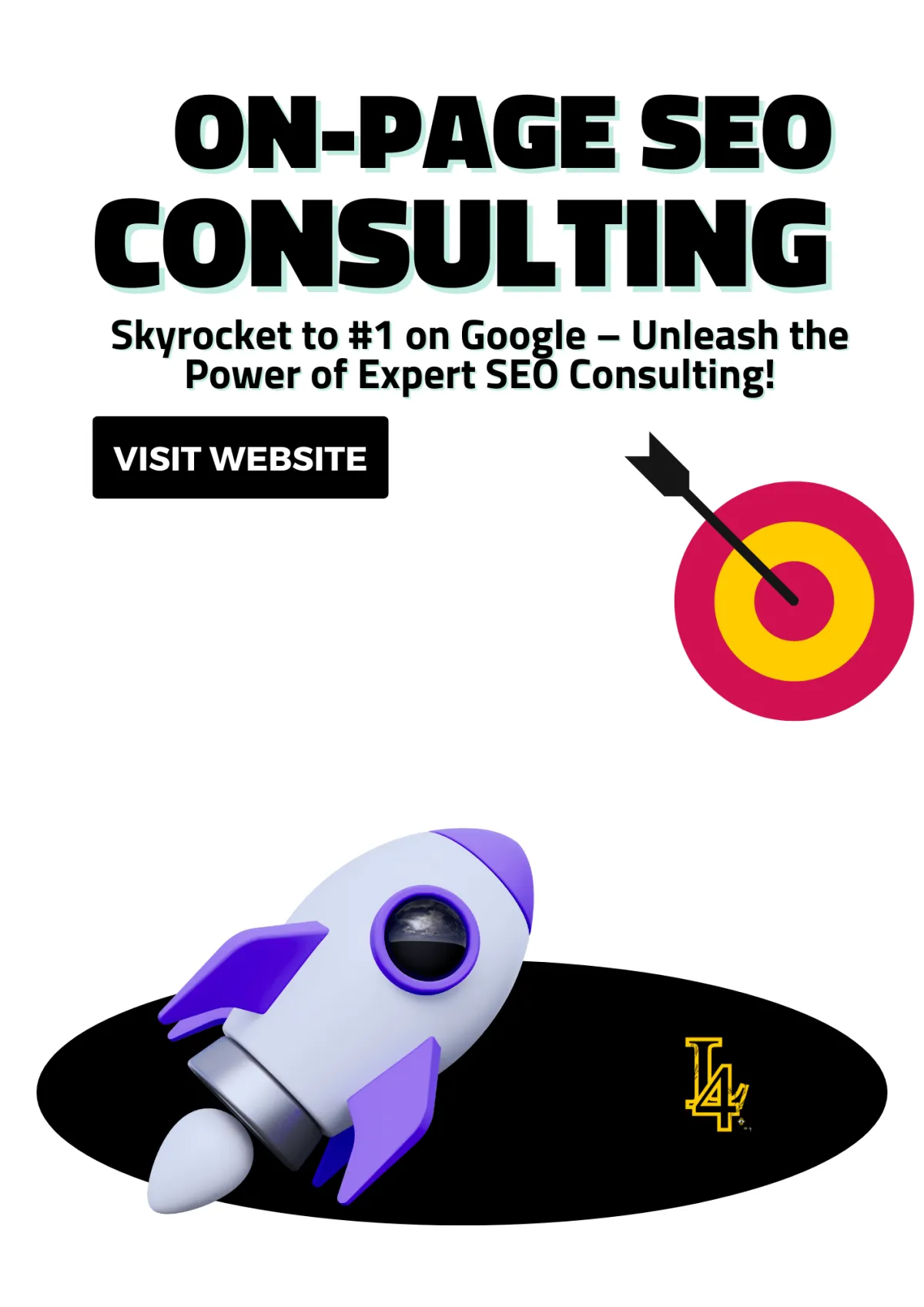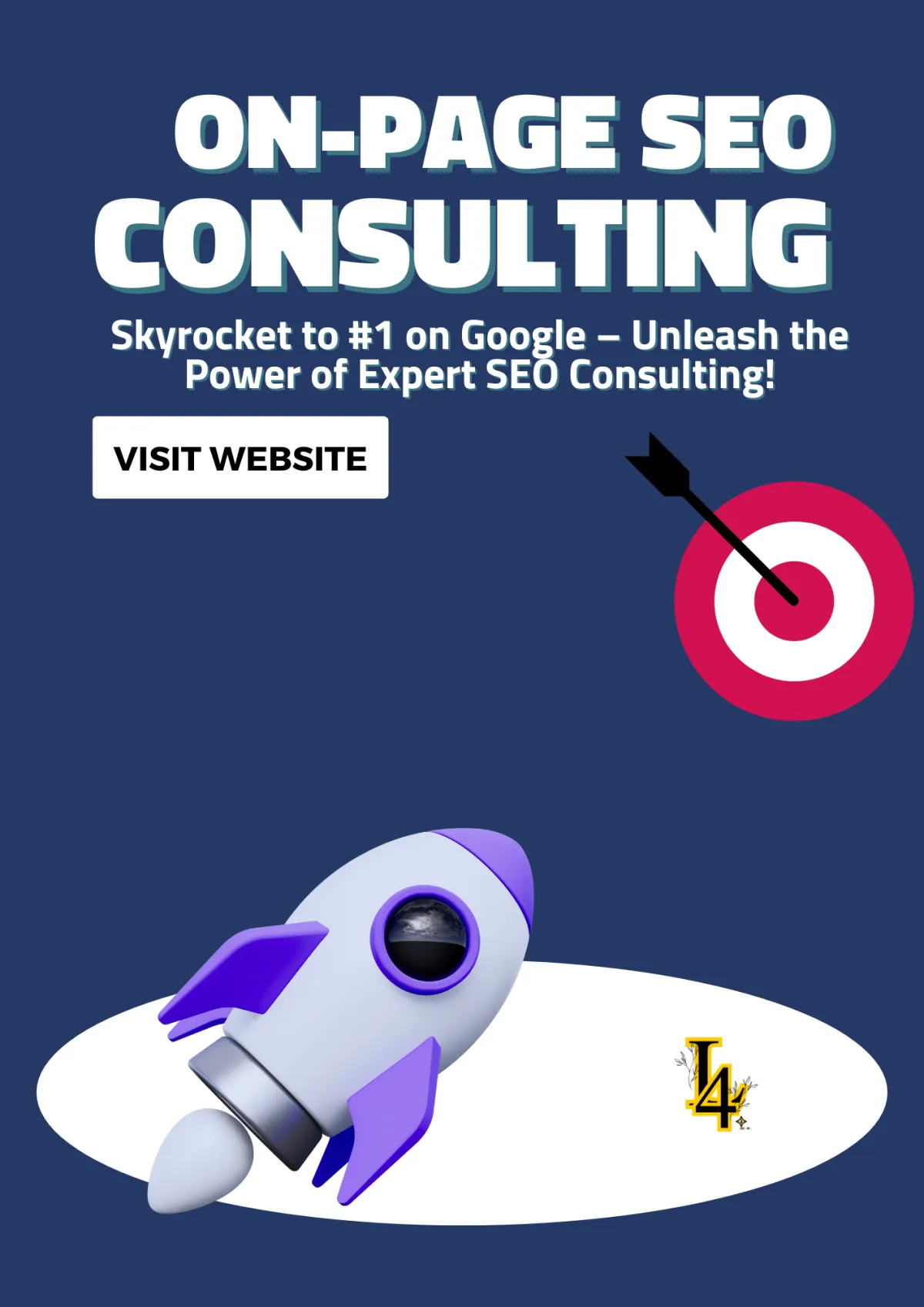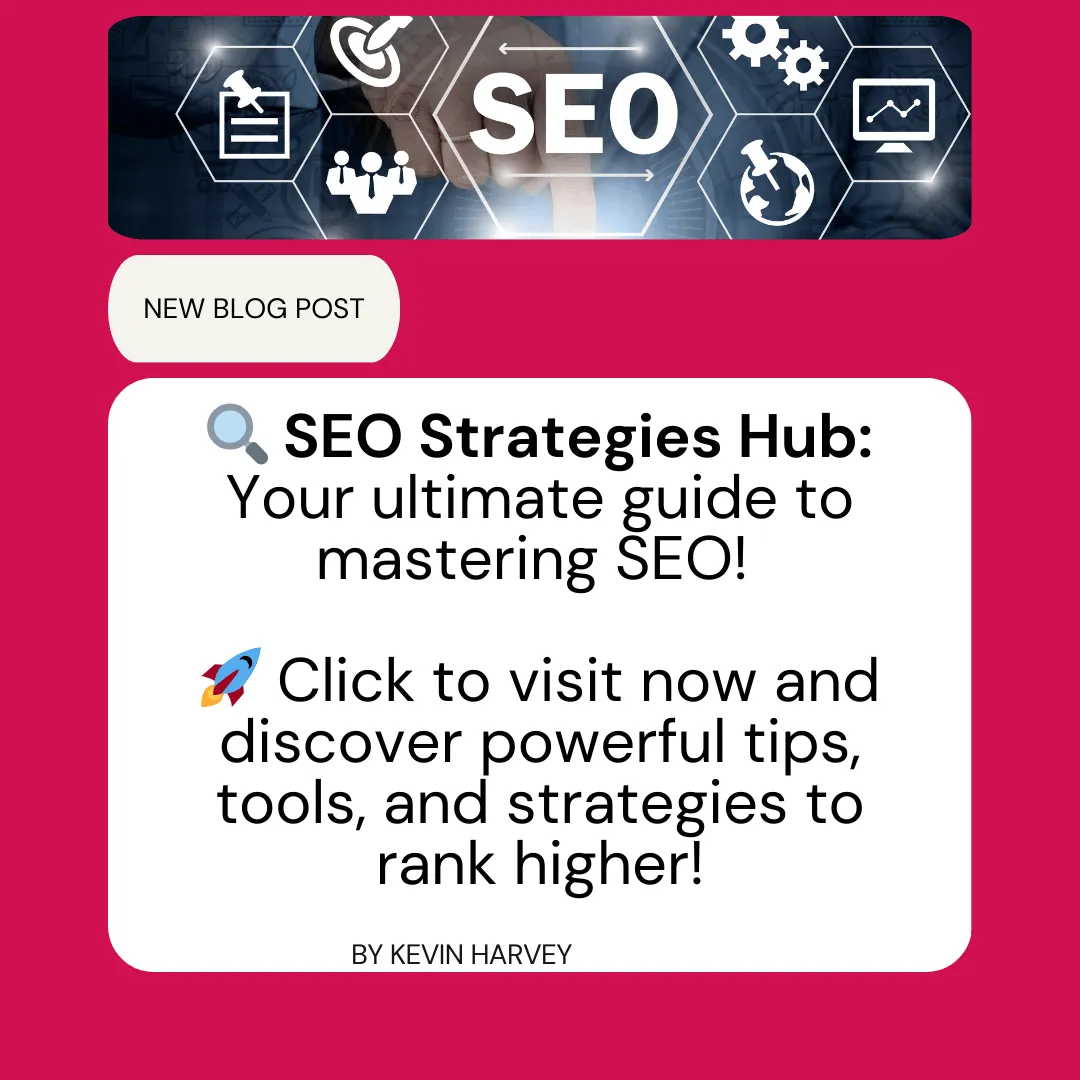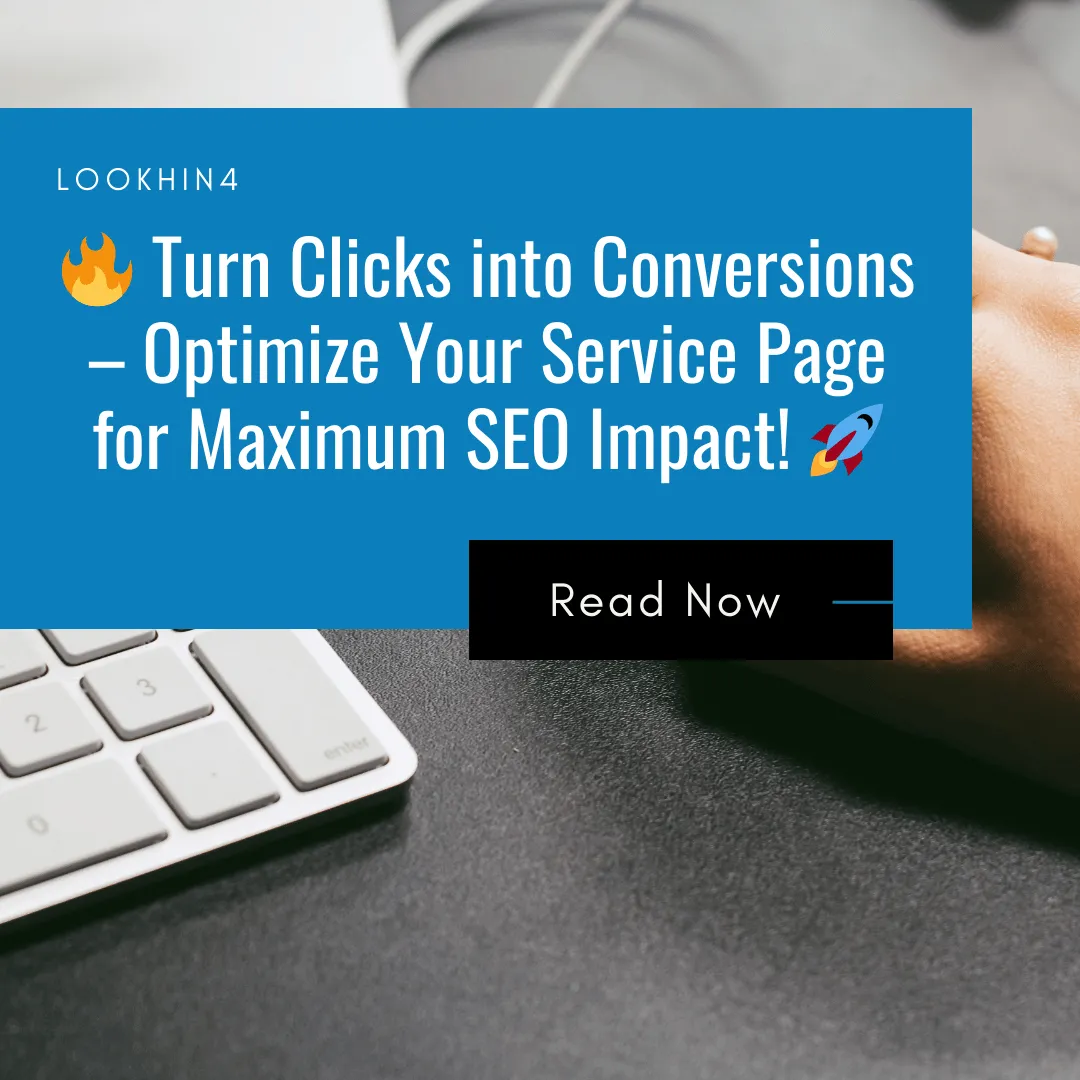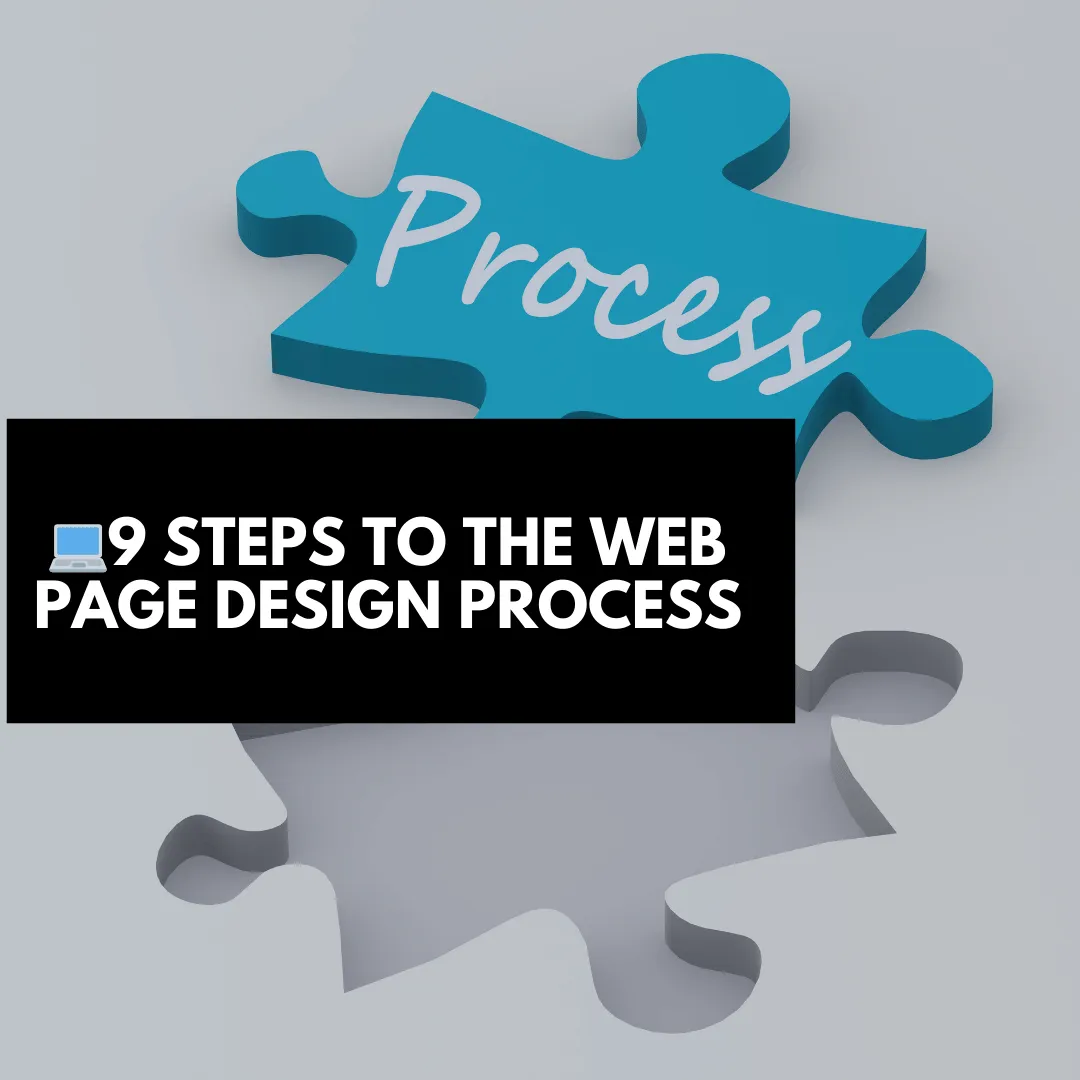
Top Metrics to Track for Website Traffic Success
Top Metrics to Track for Website Traffic Success
Why Website Traffic Metrics Matter
Key Metrics Concerned with Website Traffic
How to Track Website Traffic Metrics
Common Mistakes When Analyzing Website Traffic
With Metrics vs. Without Metrics
The Impact of Page Load Speed on Metric-Concerned-With-Website-Traffic
Why Page Load Speed Matters for Website Metrics
Metrics Most Affected by Page Load Speed
How to Optimize Page Load Speed
How to Leverage Social Media to Improve Metric-Concerned-With-Website-Traffic
Social Media’s Impact on Website Traffic Metrics
Effective Social Media Strategies
Tracking Social Media’s Impact
The Power of AI and Machine Learning in Traffic Analytics
How AI Improves Website Traffic Metrics
AI Tools for Traffic Analytics
If you’re serious about growing your website and making data-driven decisions, you need to focus on the key metrics concerned with website traffic. These numbers aren’t just stats—they’re your map to understanding user behavior, identifying opportunities, and optimizing your website for better performance.
In this article, I’ll break down the most important metrics to monitor, explain how to track them, and share actionable strategies to boost your site’s traffic and conversions.
Why Website Traffic Metrics Matter
Website traffic metrics go beyond counting visitors—they reveal how people interact with your site and help you spot areas for improvement. Monitoring these metrics allows you to:
Understand audience behavior.
Evaluate the performance of campaigns.
Improve user experience.
Align your strategy with business goals.
Stat: Websites that consistently analyze traffic metrics are 2x more likely to see long-term growth compared to those that don’t.
Key Metrics Concerned with Website Traffic
1. Total Visits/Sessions
This is the foundation of traffic analysis. Total visits tell you how often your site is accessed over a given period. Each session starts when a visitor lands on your site and ends after 30 minutes of inactivity.
Why It Matters:
Gives a clear picture of overall site activity.
Tracks spikes and drops during campaigns or promotions.
Example:
During a product launch, I saw sessions jump from 5,000 to 20,000 in one week—proof that my campaign worked.
2. Unique Visitors
This metric shows how many individual people visit your site, no matter how many times they return.
Why It Matters:
Helps distinguish new users from repeat users.
Measures your site’s ability to attract fresh audiences.
Actionable Tip:
Focus on SEO strategies to attract unique visitors, like optimizing for trending keywords.
3. Traffic Sources
This tells you where your visitors are coming from:
Organic Traffic: From search engines like Google or Bing.
Direct Traffic: People who type your URL into their browser.
Referral Traffic: Clicks from other websites linking to you.
Social Traffic: Visitors from platforms like Instagram or Facebook.
Paid Traffic: Visitors from ads like Google Ads or Facebook campaigns.
Why It Matters:
Understanding your traffic sources helps you allocate resources effectively.
Example:
A spike in referral traffic led me to invest more in guest blogging, boosting my organic traffic by 25%.
4. Bounce Rate
The percentage of visitors who leave your site after viewing just one page. A high bounce rate often indicates that your site isn’t meeting user expectations.
Why It Matters:
Identifies engagement issues on landing pages.
Helps improve user experience.
Actionable Tip:
If your bounce rate is high, consider improving your site’s loading speed or adding more engaging CTAs.
5. Average Session Duration
This metric measures how long visitors spend on your site during a single session.
Why It Matters:
Longer session durations often indicate higher engagement and better content quality.
Helps measure the success of content-heavy pages.
Stat: Websites with session durations over 2 minutes are 33% more likely to convert visitors into leads or customers.
6. Pageviews
Tracks the total number of pages viewed by users. Repeated views of the same page are included.
Why It Matters:
Indicates how much users explore your site.
Helps you identify high-performing pages.
Actionable Tip:
Use internal linking to guide visitors to additional pages, increasing overall pageviews.
7. Conversion Rate
The percentage of visitors who complete a desired action, such as making a purchase, filling out a form, or signing up for a newsletter.
Why It Matters:
Ties traffic data to tangible business outcomes.
Measures the effectiveness of your website in achieving goals.
Example:
I optimized my signup form’s design, which increased my conversion rate by 15%.
8. Traffic by Landing Page
Tracks which pages visitors land on first. This is crucial for analyzing the performance of specific campaigns or content.
Why It Matters:
Highlights high-traffic pages to replicate success.
Identifies underperforming pages for optimization.
9. Mobile vs. Desktop Traffic
Shows the ratio of visitors using mobile devices versus desktops or tablets.
Why It Matters:
Ensures your site is optimized for all devices.
Helps prioritize responsive design.
Stat: Over 60% of global web traffic now comes from mobile devices, making mobile optimization critical.
How to Track Website Traffic Metrics
1. Use Google Analytics
Google Analytics is the gold standard for tracking website metrics. It provides detailed reports on sessions, traffic sources, and conversions.
Steps to Track Metrics:
Log in to Google Analytics.
Select your property.
Navigate to Reports and explore sections like "Acquisition" (for traffic sources) or "Engagement" (for session duration).
2. SEMrush or Ahrefs
These tools provide competitive analysis, keyword tracking, and traffic breakdowns. They’re especially useful for identifying gaps in your strategy compared to competitors.
3. Heatmap Tools
Tools like Hotjar or Crazy Egg reveal how users interact with your site, showing where they click, scroll, or get stuck.
Common Mistakes When Analyzing Website Traffic
1. Ignoring Key Segments
Don’t lump all traffic together—analyze by device, location, or source for more actionable insights.
2. Focusing on Vanity Metrics
Metrics like total visits are great, but they don’t mean much without context like conversion rate or engagement.
3. Not Setting Goals
Without clear objectives, your traffic analysis will lack direction.
With Metrics vs. Without Metrics
With Metrics Without Metrics Data-driven decisions based on facts.Guesswork and assumptions.Identify opportunities for improvement.Missed opportunities to grow traffic.Track the success of campaigns.No way to measure performance.
Example:
By tracking metrics, I discovered that referral traffic was driving high conversions, leading me to invest more in partnership campaigns.
The Impact of Page Load Speed on Metric-Concerned-With-Website-Traffic
As a web designer and someone who has spent countless hours analyzing traffic data, I can confidently say that page load speed plays a pivotal role in website performance. It’s not just about making a site faster—it’s about retaining visitors, improving engagement, and boosting conversions. In 2025, the importance of speed is greater than ever as users demand seamless experiences. Here’s how page load speed impacts every metric-concerned-with-website-traffic and what you can do about it.
Why Page Load Speed Matters for Website Metrics
Page load speed directly affects critical metrics such as bounce rate, average session duration, and even traffic sources. Studies show that if a site takes longer than 3 seconds to load, over 50% of users will leave. Imagine the impact on your metrics if half of your visitors bounce before your page even loads.
When I first started analyzing traffic metrics, I noticed a direct correlation between slower pages and higher bounce rates. For instance, a client’s site with a 5-second load time had a bounce rate of 65%. After optimizing it to load in under 2 seconds, the bounce rate dropped to 38%, and the metric-concerned-with-website-traffic for average session duration nearly doubled.
Metrics Most Affected by Page Load Speed
Bounce Rate
A slow-loading site frustrates users, leading them to exit before exploring further. This inflates the bounce rate and negatively impacts search rankings.Average Session Duration
Users are more likely to explore a fast-loading site, increasing their time spent on your pages.Organic Traffic
Google prioritizes fast-loading websites, meaning load speed directly influences your rankings in search engine results, a critical metric-concerned-with-website-traffic.
How to Optimize Page Load Speed
Compress Images
Large image files are one of the most common culprits of slow-loading pages. Tools like TinyPNG or Photoshop’s “Save for Web” option can reduce file sizes without compromising quality.Use a Content Delivery Network (CDN)
CDNs distribute your content across multiple servers worldwide, ensuring faster load times for users regardless of their location.Enable Browser Caching
Caching allows returning visitors to load your site faster by storing parts of the website in their browser.Minimize HTTP Requests
Combine CSS and JavaScript files, remove unnecessary plugins, and streamline your code to reduce the number of HTTP requests.Monitor Performance Regularly
Tools like Google PageSpeed Insights or GTmetrix can help you identify and fix speed-related issues.
Real-Life Example
One of my early projects involved a small business with a site that took over 7 seconds to load. Metrics like bounce rate were alarmingly high (70%), and their metric-concerned-with-website-traffic for organic visitors was stagnating. After optimizing their site’s speed, bounce rates dropped by 35%, average session duration increased by 50%, and organic traffic began climbing within weeks. The results were undeniable: page load speed is a game-changer.
How to Leverage Social Media to Improve Metric-Concerned-With-Website-Traffic
Social media isn’t just a place to share photos or connect with friends—it’s a powerful tool for driving website traffic. As someone who transitioned from selling credit cards to mastering web design and SEO, I’ve seen firsthand how social media can transform metrics. Platforms like Instagram, Facebook, and LinkedIn are essential for improving key metric-concerned-with-website-traffic such as referral traffic, unique visitors, and engagement.
Social Media’s Impact on Website Traffic Metrics
Referral Traffic
Social platforms drive referral traffic to your site by linking to your blog posts, product pages, or landing pages.Unique Visitors
A well-crafted social media strategy introduces your brand to new audiences, increasing unique visitor numbers.Bounce Rate
Visitors from social media are often more engaged, especially when the shared content matches their interests, leading to lower bounce rates.
Effective Social Media Strategies
Create Shareable Content
High-quality, engaging content drives clicks. Whether it’s a blog post, infographic, or video, ensure it adds value to your audience.Example: A real estate client saw their metric-concerned-with-website-traffic for referral visitors increase by 40% after we launched a series of “homebuying tips” videos on Instagram.
Use Eye-Catching Visuals
Posts with strong visuals stand out in crowded feeds. Tools like Canva make it easy to create professional designs that drive traffic.Leverage Paid Ads
Social media ads target specific demographics, ensuring your content reaches the right audience. These ads can significantly boost traffic from social platforms.Engage with Your Audience
Replying to comments, sharing user-generated content, and hosting Q&A sessions build trust and encourage clicks to your website.
Tracking Social Media’s Impact
Google Analytics
The “Acquisition” section in Google Analytics shows traffic from social media. Metrics like session duration and bounce rate give insight into how engaged your visitors are.UTM Parameters
Add UTM codes to your links to track which social posts or campaigns drive the most traffic.
Real-Life Success Story
I worked with a fitness brand struggling to grow its website traffic. By implementing an Instagram ad campaign and creating shareable workout guides, their metric-concerned-with-website-traffic for referral traffic increased by 60% in just two months. Social media isn’t just a supporting player—it’s a driver of results.
The Power of AI and Machine Learning in Traffic Analytics
Artificial intelligence (AI) and machine learning (ML) are revolutionizing how we analyze and optimize website traffic. As someone who’s navigated the design and SEO landscape from the ground up, I’ve witnessed the transformative impact of these technologies. In 2025, AI and ML are essential tools for improving every metric-concerned-with-website-traffic.
How AI Improves Website Traffic Metrics
Predictive Analytics
AI analyzes historical data to forecast future traffic trends, helping you prepare for spikes or lulls in visitor numbers.Personalized Experiences
Machine learning customizes user experiences, such as recommending content based on browsing history. This improves session duration and conversions, two critical metrics.Automated Insights
AI tools like Google Analytics 4 provide real-time suggestions for improving performance, such as identifying underperforming pages or optimizing traffic sources.
AI Tools for Traffic Analytics
Google Analytics 4
GA4’s AI-driven insights help you understand user behavior and identify growth opportunities faster than ever.SEMrush and Ahrefs
These platforms use machine learning to analyze competitor traffic, keyword gaps, and backlink opportunities.Heatmap Tools with AI
Tools like Crazy Egg now include AI features that identify patterns in user interactions, helping optimize page layouts.
How I Use AI to Boost Metrics
AI tools have streamlined my workflow, allowing me to focus on strategy. For example, when I launched a landing page for a client, Google Analytics suggested content tweaks based on visitor behavior. After implementing these changes, the metric-concerned-with-website-traffic for bounce rate dropped by 25%, and conversions increased by 18%.
AI in Action: Real-Life Example
One of my clients struggled with low session duration on their blog. Using AI-driven insights, I recommended restructuring the content and adding personalized recommendations. The result? A 40% increase in average session duration and a noticeable boost in their metric-concerned-with-website-traffic for unique visitors.
Final Thoughts
Optimizing your website’s performance in 2025 means focusing on key metrics like bounce rate, session duration, and referral traffic. Whether it’s improving load speed, leveraging social media, or adopting AI tools, each strategy enhances critical metric-concerned-with-website-traffic and drives measurable results. These tools and techniques aren’t just for big brands—they’re accessible to anyone willing to embrace the future of analytics.

